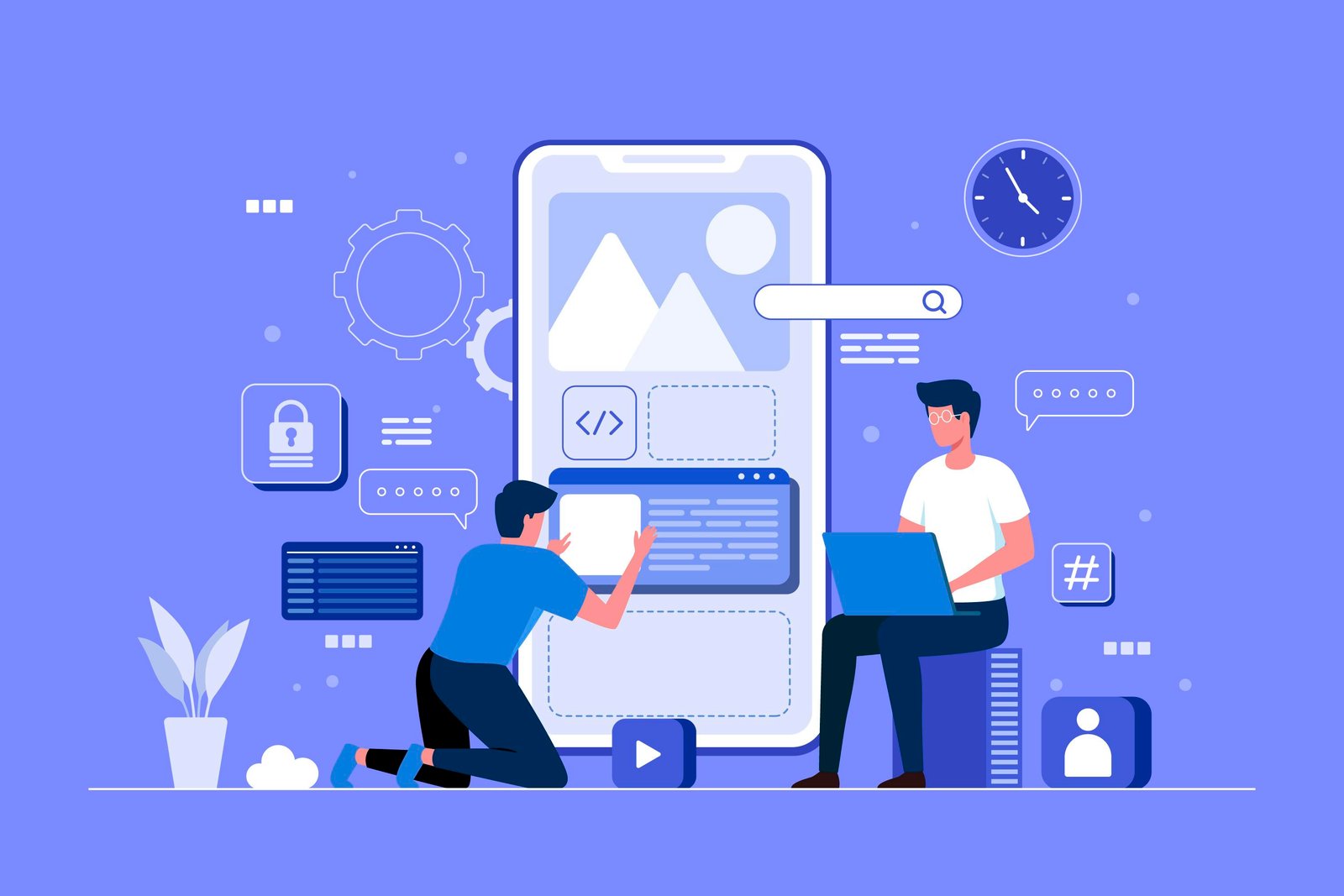
How to Optimize Your Flutter App for Performance and Speed
How to Optimize Your Flutter App for Performance and Speed
Flutter has become a popular choice for developers looking to build fast, cross-platform mobile applications. However, as your app grows in complexity, performance can become a concern. A slow or laggy app leads to a poor user experience and can drive users away. Thankfully, Flutter offers several techniques to help optimize your app for performance and speed. Here’s how you can ensure your Flutter app runs smoothly and efficiently.
1. Use the Flutter DevTools
Before diving into optimization, it’s important to identify performance bottlenecks. Flutter DevTools is a powerful suite that helps you profile your app, monitor rendering, check for jank, and analyze memory usage. Use the performance tab to spot slow frames, and the widget rebuild tab to identify unnecessary widget rebuilds.
2. Minimize Rebuilds
In Flutter, everything is a widget, and excessive rebuilding can slow down your app. Use the const keyword wherever possible to prevent widgets from being rebuilt unnecessarily. Also, use setState() wisely—don’t wrap your entire UI in it. Consider using state management solutions like Provider, Riverpod, or Bloc for better control over state changes.
3. Efficient List Rendering
If your app includes long lists or scrollable content, use widgets like ListView.builder instead of rendering all items at once. This lazy loading technique ensures that only the visible items are built, significantly improving performance.
4. Optimize Images and Assets
Large images and uncompressed assets can slow down your app. Use properly scaled images and compress them before including them in your app. Consider using the cached_network_image package to cache images locally and reduce network load.
5. Avoid Overusing Stack and Opacity
Widgets like Stack and Opacity can be expensive when overused. If you need to hide a widget, consider using Visibility with maintainState: false instead of Opacity, as it avoids offscreen rendering.
6. Use Asynchronous Programming Efficiently
Heavy computations or long API calls on the main thread can freeze your UI. Always use async/await and isolate CPU-intensive tasks using the compute() function to keep the UI responsive.
7. Reduce App Size
Reducing your app size can also improve performance, especially on lower-end devices. Use the flutter build apk --split-per-abi command to generate smaller, device-specific APKs and remove unused packages or assets.
8. Keep Dependencies in Check
Too many third-party packages can bloat your app and introduce unnecessary overhead. Always review your dependencies and remove unused or redundant packages to keep your app lightweight and efficient.
If you plan to study Flutter courses, Contact Ashcorp Academy
Conclusion
Optimizing your Flutter app is not a one-time task—it’s an ongoing process that improves with regular monitoring and clean coding practices. By keeping rebuilds minimal, managing state efficiently, and using Flutter’s tools wisely, you can ensure your app remains fast, responsive, and user-friendly.
Remember, a smooth app leads to happy users and better retention—so performance optimization should always be a top priority in your Flutter development journey.





